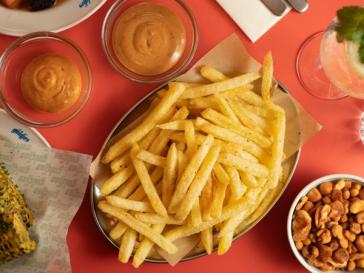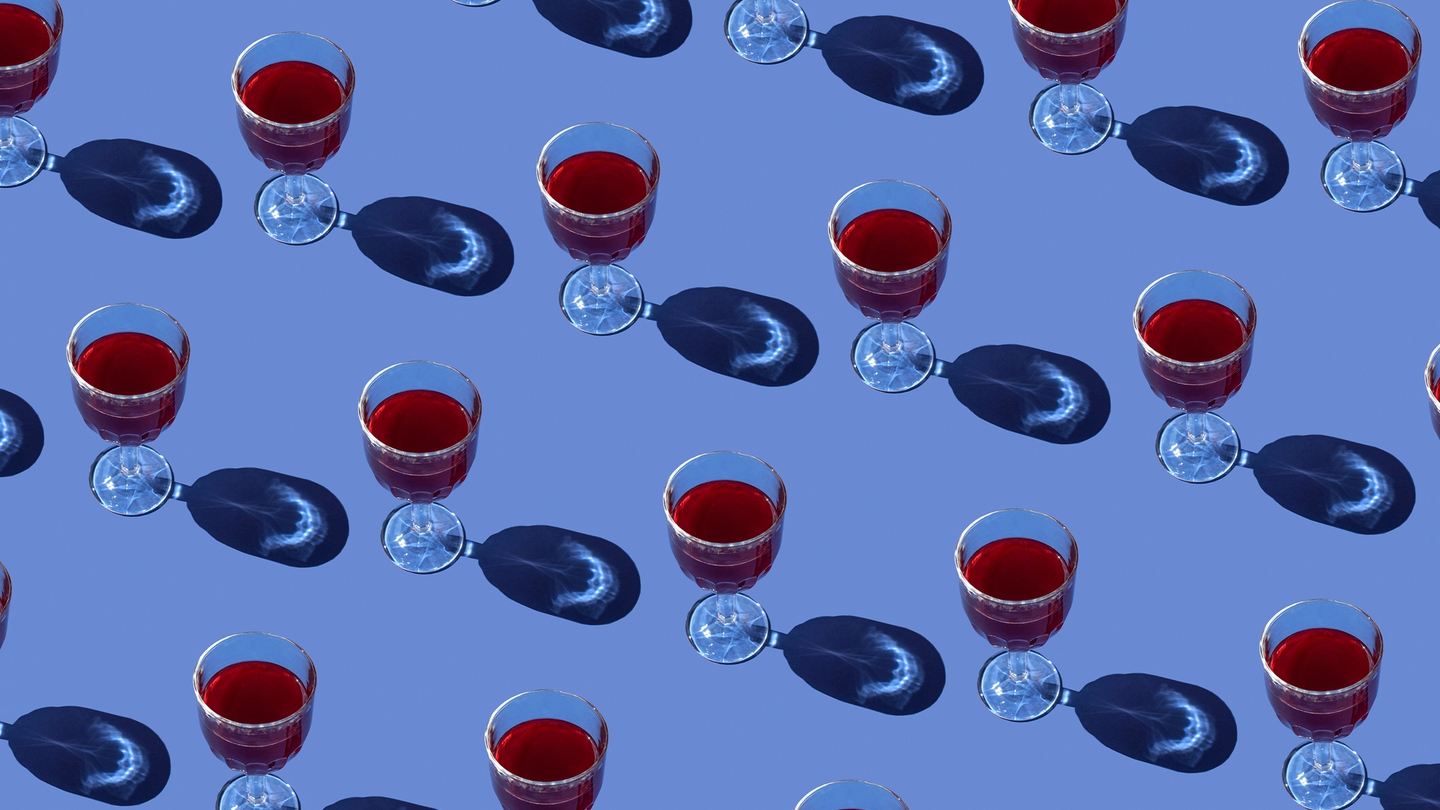

How many wine glasses do you need, and which ones are the best?
Does anyone really need a glass for a viognier and another for a sauvignon blanc? Is there any reason, barring tradition, why red wine should be served in a larger glass than white? And what about a vessel for fizz?
Words: Guy Woodward
20 years ago, if you had even the vaguest claims to being a wine lover, there was only one brand of wine glass to have in your cabinet. Austrian manufacturer Riedel created a near monopoly on quality stemware through a marriage of form and function that was part rigour, part artfulness.
Riedel made its name not just with the quality of its glasses, but on the premise that the size and shape of a glass has a dramatic impact on how we perceive a wine’s aromas and flavour. And as all wines vary according to their provenance, you would, therefore, need several different glasses to best showcase these nuances.
Georg Riedel travelled the world espousing this mantra, hosting tastings of the same wine in up to 20 different glasses to show how it differed in each vessel, and to hone the perfect size and shape for each wine type. His Vinum series, released in 1986, broke new ground by being designed to complement individual grape varieties – something that remains, says the manufacturer, ‘at the core of who Riedel is as a brand’.
A selection of Riedel's Vinum range
The approach was genius marketing, tapping into both the pretentiousness of wine lovers and the insecurity of novices. It also exploited the vanity of wine producers, some of whom even commissioned their own individual glasses to best flatter their particular style. The range has since been expanded further by Riedel’s son, Maximilian, not only through an ever-growing line of glasses, but also an ever-more extravagant range of decanters and accessories. Join the 520,000 followers of the colourful Maximillan (never Max) on Instagram and you’ll get a flavour of this aspirational lifestyle.
Riedel cabernet/merlot glass
There came a stage, though, where it all got a bit much. Does anyone really need a glass for a viognier and another for a sauvignon blanc? Few professionals believe so, and the sense that Riedel was, shall we say, taking liberties with the extent of its offering had become widespread by the time another family-owned, multi-generational Austrian manufacturer came to prominence.
Zalto was taken over by investors in 2009, around the same time that word started spreading about a new range it had launched, supposedly designed by a wine-loving priest, Hans Denk. This tailored, sleek design, featuring an almost impossibly gossamer glass and stem – the latter as slim as the heel of a Louboutin stiletto – made Riedel’s models seem rather clunky. And without the corporate image and ubiquitous advertising of its compatriot, Zalto started gaining a cult following among the cognoscenti, with tales of the elegant glasses being brought out especially for customers who ordered high-end wine in Michelin-starred restaurants.
When wine-themed members’ club 67 Pall Mall opened in London, in 2015, it assured its discerning members that all its glasses (including water glasses) would be Zalto – in the process, it took over the Neunagelberg-based production line for several months, for its initial run of 12,000. As supply stalled, and Zaltos became impossible to get hold of, demand only increased. Soon, the previously niche brand had taken Riedel’s crown as the connoisseur’s status symbol, embraced by wine lovers for its ability to showcase the wine more vividly, even if cursed for its infuriating fragility.
Zalto kept its core Denk Art range to just six, from Bordeaux to Burgundy glasses, as well as a Universal model designed to cover all bases. This latter approach was deemed sufficient by no less an authority than wine writer and master of wine Jancis Robinson when she launched her own brand of stemware, in 2018, with tableware designer Richard Brendon, featuring just a single glass. ‘I have never understood why white wine glasses are routinely smaller than those designed for red wine,’ she said. ‘White wines are just as deserving of what you might call aroma enhancement as reds. It just seems so obvious and sensible to have one single wine glass for all three colours of wine – especially when so many of us are short of storage space.’
Zalto Universal wine glasses
So, how many wine glasses do you actually need? I’m not quite as radical as Robinson and her one-size-fits-all approach, though I must admit this is mainly from an aesthetic standpoint. Take sparkling wine, for instance, which is perfectly acceptable – indeed almost preferable – served in a standard white-wine glass. Certainly the hackneyed flute is very much a no-no these days, its narrow dimensions stymying the fizz’s aroma, and a coupe is even worse and doesn’t even provide the pleasure of watching the ascent of the bubbles. But a streamlined glass of some sort has a certain elegance – and because Champagne’s bubbles naturally aerate the wine, a larger glass, in which to swirl the wine to bring out its full aromatic spectrum, is less of a necessity. Lehmann makes a fine (and very good-value) example of a wider, flute-shaped model with a bowed base.
There’s certainly no real reason, barring tradition, why red wine should be served in a larger glass than white. As Robinson says, the argument that a larger glass gives room for a fine, complex wine to showcase its full range of flavours is equally valid for whites, which can be just as aromatically complex as reds. Again, though, from a purely visual perspective, there’s something appealing about having two different-sized glasses at a place setting. It also makes a host’s job easier, particularly if you are serving two different wines of the same colour. A slightly smaller, white-wine glass also works for dessert wines, if anyone still drinks them (anything to avoid the terrible thimble glasses your grandfather might bring out from the back of the cabinet for the Port).
So, personally, I advocate three glasses – for fizz, white and red. More important than their number, or their brand, though, is their quality and shape. A good wine glass is widest at its base (the bowl) and tapered at the rim, to concentrate the aromas on the nose. A glass that is too small not only looks measly, but necessitates overfilling, thereby leaving nowhere for the aromas to go. Ideally, you want the wine itself to fill only a third of the glass, leaving room for a good swirl, and air for the wine to breathe (though, equally, an overly capacious glass does look rather ridiculous).
A decent, long stem will allow you to hold the glass without raising the temperature of the wine or (equally important for aesthetes) sullying the bowl with your fingerprints. And, most important of all, though no glass will be unbreakable, check that it is dishwasher-safe. And go easy with the polishing – the rim of glasses, in particular, are frustratingly susceptible to snapping under the gentlest of pressure. Trust me, I speak from experience.
Want more wine content? Here’s our guide on how to talk to a sommelier…


